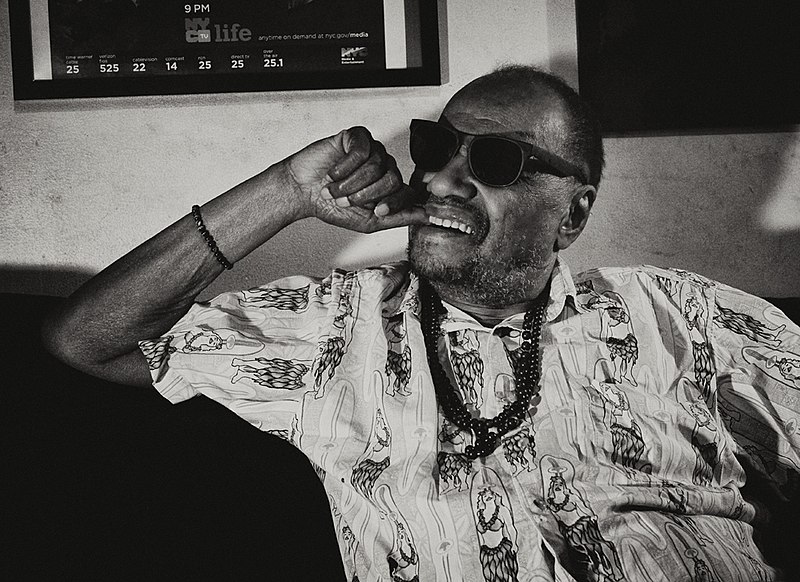[ad_1]

Steve Cannon.
ANDREA CAUTHEN/WIKIMEDIA COMMONS
Poet, playwright, and novelist Steve Cannon, who founded the magazine and gallery A Gathering of the Tribes, died on July 7 at age 84. The Villager reports that Cannon had been recovering from a surgery on his broken hip when he died of complications related to a burst abscess.
Cannon, a friend and collaborator of artist David Hammons, established a literary magazine in 1990, the year after he lost his eyesight to glaucoma. The publication soon expanded into a nonprofit gallery situated in his East Village home, where Cannon created an inclusive environment for lively discussions about art and culture among local artists, writers, intellectuals, and members of the New York avant-garde.
Writer David Henderson, who was active in Harlem’s Black Arts Movement of the 1960s and 1970s, told the New York Times that Tribes was a space “you could walk in at any time and be welcome and there would always be something interesting going on, and if there wasn’t you could start it just by showing up.”
The writer, editor, and publisher Ishmael Reed once described Cannon as “the emperor of the Lower East Side” for his vigorous support of the artists in the neighborhood.
One notable intervention at Tribes was executed by Hammons, when the artist painted a red and gold pattern on one of Cannon’s walls and constructed an adjacent shrine made of wire and human hair. Cannon took Hammons’s untitled piece from the gallery when he moved out of Tribes’s original building in 2015 after a disagreement with his landlord.
The first issue of the Tribes magazine, published in fall 1991, featured one of Hammons’s body prints, for which he covered himself in grease or margarine and pressed his body against sheets of paper. The publication would include pieces by writers like Eileen Myles and Paul Beatty.
“The people I knew down on the Lower East Side complained about not having any place to publish their work,” Cannon said in an interview with the Times. “So I started Tribes magazine. Just to get them to shut up.”
Cannon was born in New Orleans in 1935, and, soon after he moved to New York in 1962, he became heavily involved in the creative community, organizing talks about art, music, and literature, and later publishing pieces by writers of color through an enterprise he ran alongside Reed and poet Joe Johnson.
Poet Chavisa Woods, who was present at Cannon’s bedside in his final hours, told The Villager, “He was magnetic, magnanimous. He created the most open space I’ve ever participated in—for better and for worse. He was expansive, warm, explosive, energetic, eccentric, and strange. He really believed in the mission of bringing people of diverse backgrounds and perspectives together for the purpose of creating art and community.”
[ad_2]
Source link

